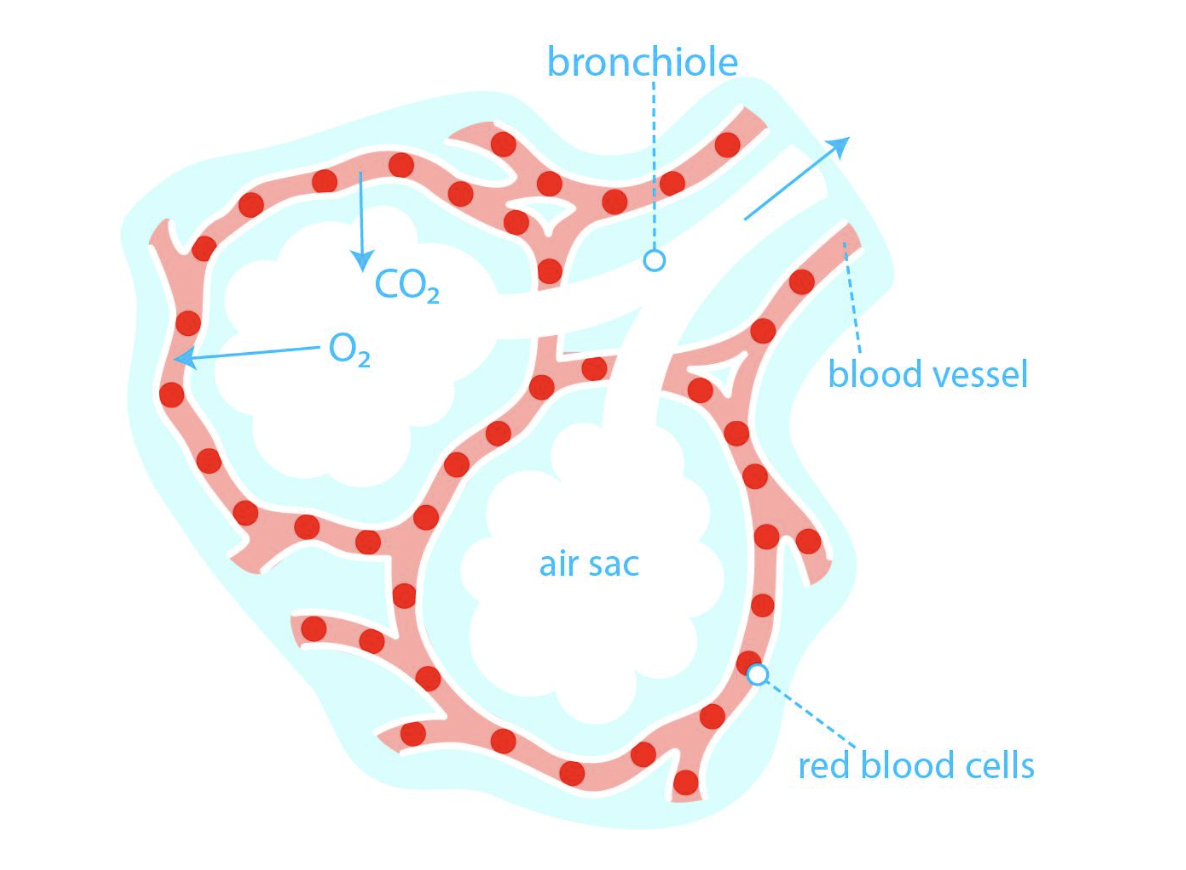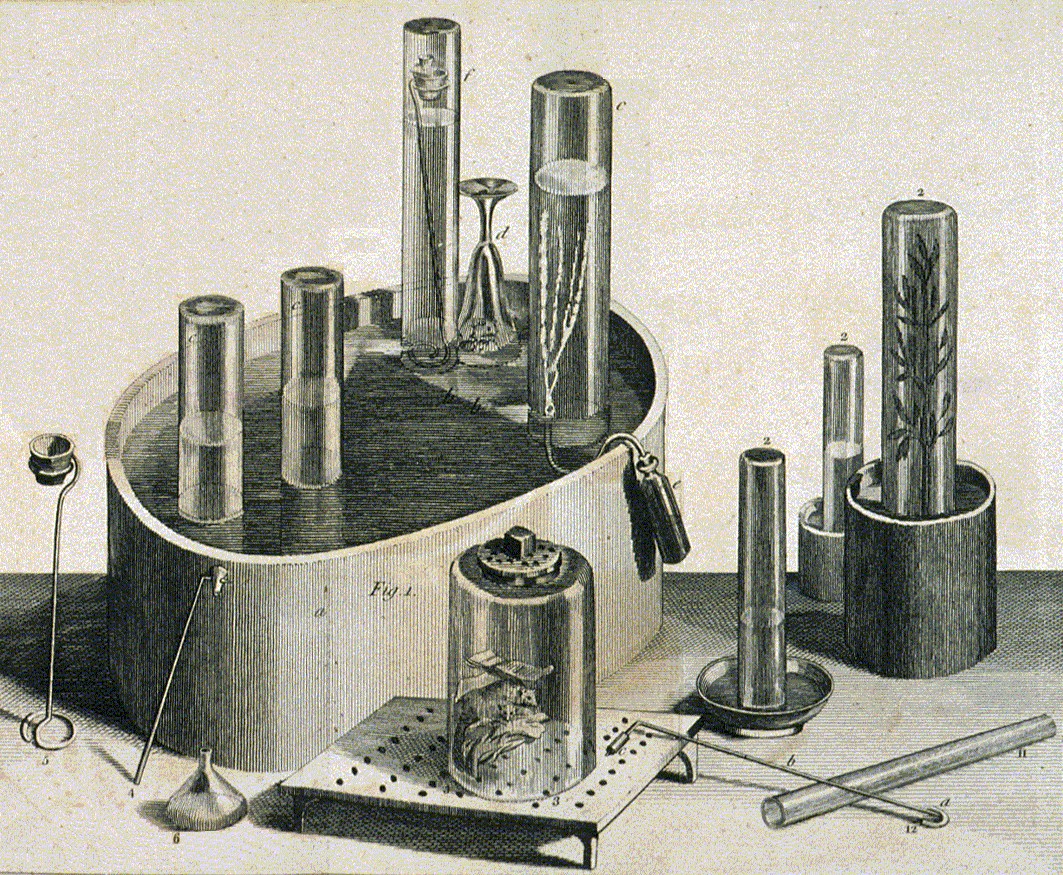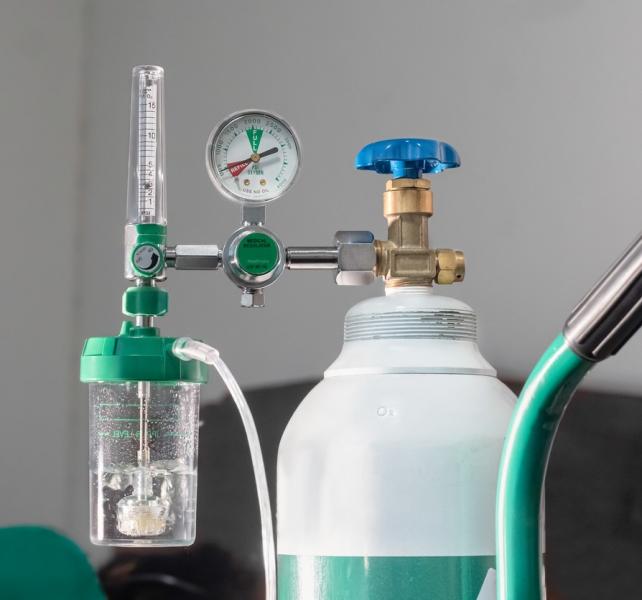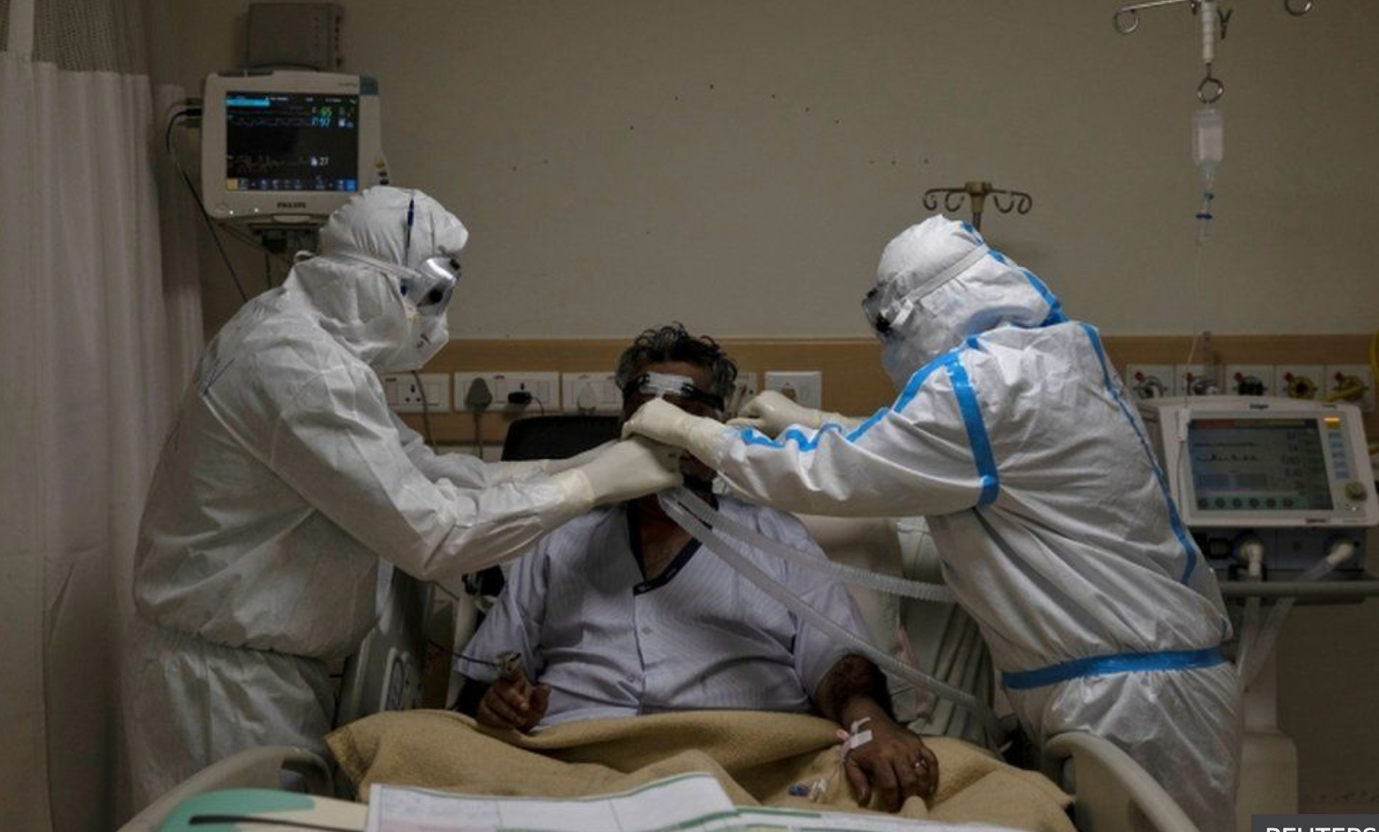Pondering on the Importance of Oxygen during the Pandemic
Out of the many things that we take for granted in our lives is free atmospheric oxygen- a colorless, tasteless, and odorless “chemical element that constitutes 21 percent of the Earth’s atmosphere, that is capable of combining with all elements except some noble gases, that is active in physiological processes of almost all known organisms, and that is involved especially in combustion.”[i] The atomic number of an oxygen atom is 8 which means it has 8 protons in its nucleus. It is only when two atoms of oxygen combine at a certain temperature and pressure that one oxygen molecule is formed known as dioxygen, with the formula O2.

Every time we breathe in, our lungs inhale oxygen and exhale carbon dioxide. “All aerobic creatures need oxygen for cellular respiration, which uses the oxygen to break down foods for energy and produces carbon dioxide as a waste product. Breathing, or “external respiration”, brings air into the lungs where gas exchange takes place in the alveoli through diffusion. The body’s circulatory system transports these gases to and from the cells, where “cellular respiration” takes place.”[ii] The circulatory system of the body helps ferry the oxygenated blood throughout the body and returns with the carbon dioxide which is exhaled out. As we run or exercise, our respiratory rate increases and decreases accordingly. “The heart pumps faster (increased heart rate) to increase the blood supply and we breathe more quickly (increased respiratory rate) to get more oxygen into the blood.”[iii]

The oxygen in the atmosphere is produced in two ways: biological production and abiotic production. Plants, along with phytoplankton, are said to be the major source of biological production of oxygen. Photolysis is considered the source of the abiotic production of oxygen in the earth’s atmosphere.[iv]
The discovery of oxygen in 18th century by Carl Wilhelm Scheele and Joseph Priestly, and the information about the role it plays in sustaining lives by Antoine-Laurent Lavoisier[v] led to further research on it and paved the way for its artificial distillation. Distilled oxygen is now widely used for medical and commercial purposes. There are several methods of distilling oxygen. One of them involves the lowering of air temperature to liquify it and then carefully distilling the liquefied air to capture various gases. The other, and the most common way, is the cryogenic distillation process which produces pure oxygen for commercial or medical purposes.[vi]

Equipment used by Joseph Priestley
Humans have been using distilled oxygen ever since its discovery, but it was not until the world was hit by the (ongoing) Covid-19 pandemic, a disease caused by SARS-COV-2 (Severe Acute Respiratory Syndrome Coronavirus 2) which leads to severe lung infection and death, that the world at large demanded the medical oxygen for its victims to survive. A sudden surge in the demand of medical oxygen has left humans appreciating it now more than ever as an elixir and its manufacturers as the saviors of humanity. Medical oxygen has always been quite expensive but is now seeing even more inflation[vii] in its prices due to the Covid crisis and the black-marketing[viii] of oxygen cylinders.

Just as one would be in awe of the discovery of the oxygen and its distillation from the air as a “life-saving” substance, one should be left even more amazed by atmospheric oxygen as a “life-sustaining” substance. It should, then, leave one with countless questions such as – how old is the presence of oxygen on the planet? Why does a combination of some basic particles result in different properties? Despite enormous progress in science and technology, we are still short of the knowledge and power required to make an artificial leaf which could produce oxygen. Then, how is it that plants with no mind nor education work as amazing air filters and oxygen producing factories? Who taught them the process of photosynthesis in the first place? If artificially produced oxygen costs us a hefty amount of money, then why is the oxygen in the atmosphere available to us for free?
If artificially distilled oxygen has a maker, is it not reasonable to say that atmospheric oxygen must have a maker too? Does it not make sense to say that the Maker must be the one who has taught plants to produce oxygen because plants do not possess the necessary consciousness and knowledge to do so?
All of the questions aimed at the production of oxygen that is present in the atmosphere, in one way or another, are pointing towards the One Source, the All-Powerful, the Most Generous, the Sustainer, the Most Merciful, and the All-Wise. That is because the production of atmospheric oxygen is a complex phenomenon and is connected to the entire universe. In fact, if we study all the necessary conditions to produce oxygen, we should conclude that oxygen is the product of the entire universe which works like a giant factory.
Let us, here, for a moment go back to the Big Bang. There were no elements before it, hence no oxygen. According to modern science, it took a supernova explosion to bring some atomic particles in an orderly manner to form oxygen. Matter is essentially composed of two things: leptons and quarks. Leptons (the most famous being the electrons), and quarks (of which baryons such as protons and neutrons are made) combine to form atoms. Materially speaking, the essence of all types of matters is exactly the same. However, strangely, the very same raw materials gain different properties as they come together in different numbers and shapes. That is obviously nothing short of a miracle. Metaphorically, the oxygen that we breath is like food that has been cooked in the galactic oven.
Thus, only the One who has complete power on everything can sustain every single creature on earth. The One who is Merciful enough to provide us with an endless supply of oxygen through the plants 24*7, and who is All-Wise to balance the level of oxygen in the air, can make it happen endlessly and flawlessly. Because only the All-Wise can design the respiratory and circulatory systems of all creatures in line with the varying oxygen levels in low and high altitudes respectively.
This comparison between atmospheric and artificial oxygen, however, has not been done to belittle human efforts of producing artificial oxygen but to draw attention towards an incredible gift which we often take for granted. It is, usually, not until a blessing is taken away from us that we realize the true meaning of things that are ‘free’ to us. And there can be no better time than the quarantine or a lockdown to reflect on the deeper meaning of things around us.

With every breath that we take, we should be thoughtful of the presence of atmospheric oxygen- a sort of food which was cooked in the galactic oven billions of years ago and be thankful for the healthy lungs with which we are able to process it. We should be thankful for the plants which partake in the renewing of oxygen when it gets depleted. The realization of the free supply of atmospheric oxygen around the clock should make us more humble to the One who has created it. By thanking Him and realizing His might, we suppress our ego and become kinder and more compassionate to our fellow beings. In trying times like these, a moral lesson drawn from a simple element like oxygen should make us appreciate it more and abstain us from any wrong conduct. The Covid-19 pandemic has, no doubt, caused terrible destruction to humanity but at the same time it has taught us not to take anything for granted ever again.
[i] “Oxygen”. Merriam -Webster.com. Retrieved May 9, 2021, from www.merriam-webster.com/dictionary/oxygen
[ii] “Breathing”. Wikipedia. Retrieved May 9,2021, from https://en.m.wikipedia.org/wiki/Breathing
[iii] Cedar, SH. “Every breath you take: the process of breathing explained”, (January 08, 2018). Retrieved May 9, 2021, from https://www.nursingtimes.net/clinical-archive/respiratory-clinical-archive/every-breath-you-take-the-process-of-breathing-explained-08-01-2018/
[iv] “Oxygen Cycle”. Wikipedia. Retrieved May 9, 2021, from https://en,m.wikipedia.org/wiki/Oxygen_cycle
[v] Brasted, Robert C.. “Oxygen”. Encyclopedia Britannica, (May 21, 2020). Accessed May 9/2021, from https://www.britannica.com/science/oxygen
[vi] “Oxygen”. How products are made. Retrieved May 9, 2021, from http://www.madehow.com/Volume-4/Oxygen
[vii] Roshni Agarwal, “Suppliers charging up to 20 times higher price for Rs. 1500- Rs.2000 oxygen cylinder”, (May 7, 2021, 7:12 [IST]). Retrieved May 9, 2021, from www.goodreturns.in
[viii] PTI, “HC takes strong note of black marketing of oxygen cylinders in Delhi, asks govt to take action”, (Apr 26, 2021, 05;54 pm IST). Retrieved May 9, 2021 from https://m.economictimes.com/news/india